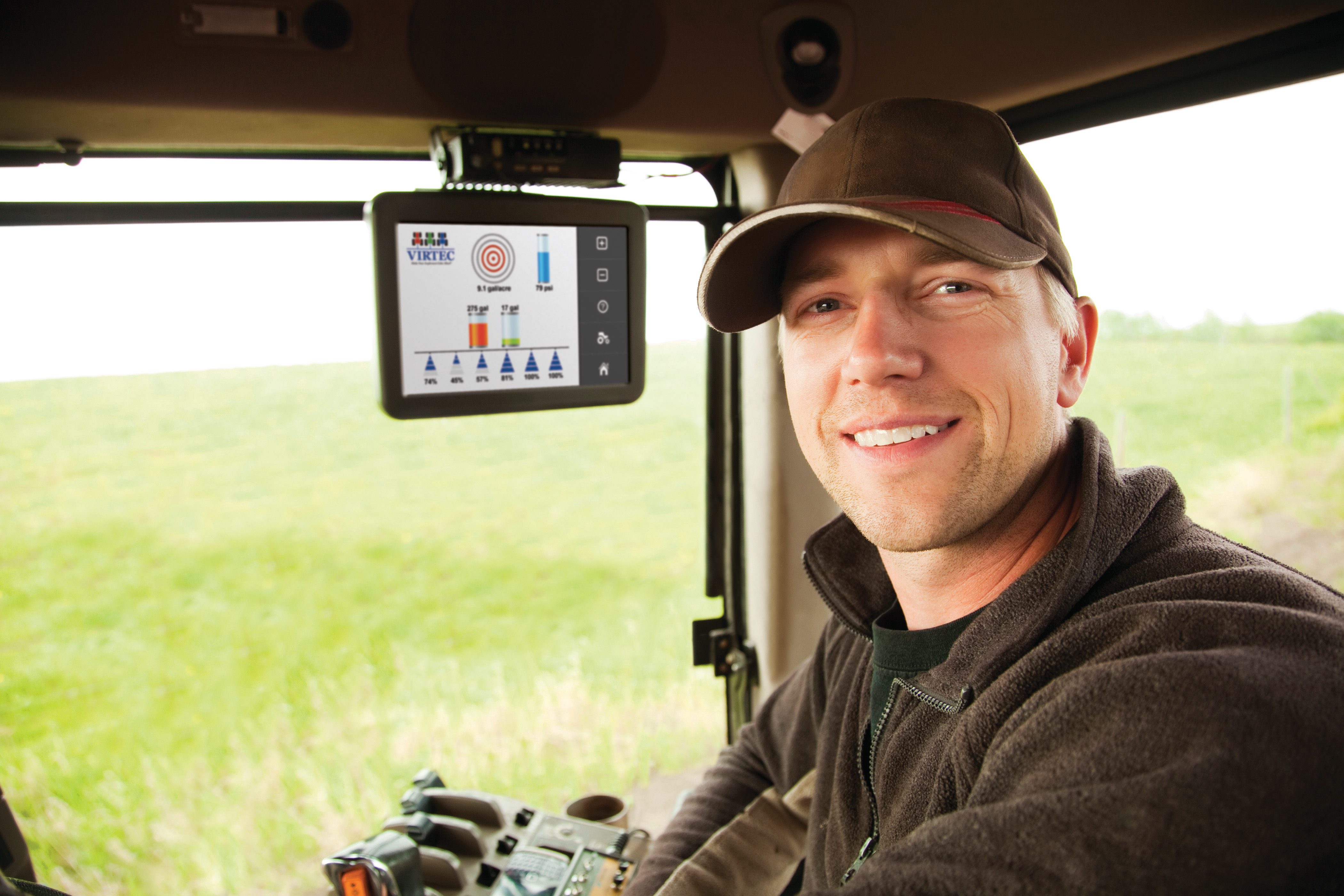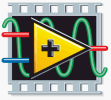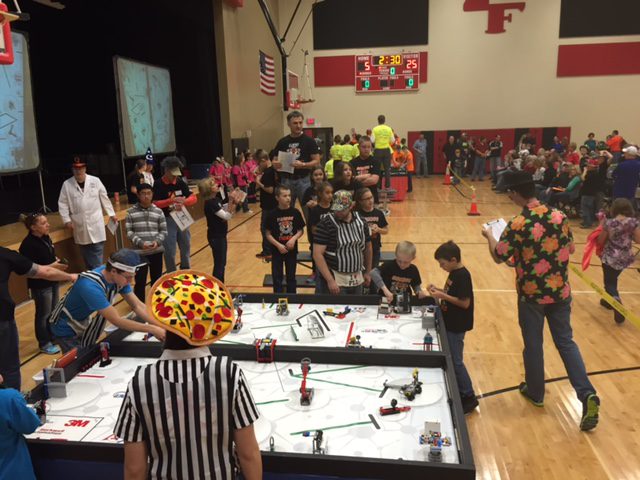ISOBUS Task Controller: Part 3
I discussed in Part 2 of the Task Controller (TC) series a type of TC that uses geo-referencing for data-logging. This form of TC has an AEF Functionality called TC-GEO, but there is another type of TC-GEO that is very enticing to farmers. Using prescription mapping and TC-GEO, a farmer can do variable-rate application to control the amount of fertilizer, herbicide, or other inputs by position in the field. Some of the obvious benefits of this approach include reduced input costs, but there are also environmental benefits.










